A selection of recent publications from our staff relating to Sexuality and Gender.
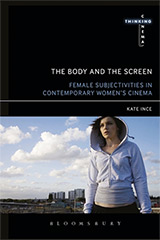 Kate Ince
Kate Ince
Since the 1980s the number of women regularly directing films has increased significantly in most Western countries; in France, Claire Denis and Catherine Breillat have joined Agnès Varda in gaining international renown, while British directors Lynne Ramsay and Andrea Arnold have forged award-winning careers in feature film. This new volume in the “Thinking Cinema” series draws on feminist philosophers and theorists from Simone de Beauvoir on to offer readings of a range of the most important and memorable of these films from the 1990s and 2000s, focusing as it does so on how the films convey women's lives and identities.
Mainstream entertainment cinema traditionally distorts the representation of women, objectifying their bodies, minimizing their agency, and avoiding the most important questions about how cinema can "do justice" to female subjectivity. Kate Ince suggests that the films of independent women directors are progressively redressing the balance, reinvigorating both the narratives and the formal ambitions of European cinema. Ince uses feminist philosophers to interpret such films as Sex Is Comedy, Morvern Callar, White Material, and Fish Tank anew, suggesting that a philosophical understanding of female subjectivity as embodied and ethical should underpin future feminist film study.
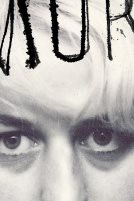 Lisa Downing
Lisa Downing
Since at least the nineteenth century, we have seen the murderer as different from the ordinary citizen - a special individual, like an artist or a genius, who exists apart from the moral majority, a sovereign self who obeys only the destructive urge, sometimes even commanding cult followings. In contemporary culture, we continue to believe that there is something different and exceptional about killers, but are murderers such a distinctive type? Are they degenerate beasts or supermen as they have been depicted on the page and the screen? Or are murderers something else entirely?
The book explores the ways in which the figure of the murderer has been made to signify a specific kind of social subject in Western modernity. Drawing on the work of Foucault in her studies of the lives and crimes of killers in Europe and the United States, Downing interrogates the meanings of media and texts produced about and by murderers. Upending the usual treatment of murderers as isolated figures or exceptional individuals, Downing argues that they are ordinary people, reflections of our society at the intersections of gender, agency, desire, and violence.
Representing Medieval Genders and Sexualities in Europe
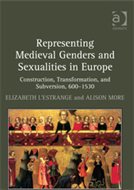 Edited by Elizabeth L'Estrange
Edited by Elizabeth L'Estrange
Transcending both academic disciplines and traditional categories of analysis, this collection illustrates the ways genders and sexualities could be constructed, subverted and transformed. Focusing on areas such as literature, hagiography, history, and art history, from the Anglo-Saxon period to the early sixteenth century, the contributors examine the ways men and women lived, negotiated, and challenged prevailing conceptions of gender and sexual identity. In particular, their papers explore textual constructions and transformations of religious and secular masculinities and femininities; visual subversions of gender roles; gender and the exercise of power; and the role sexuality plays in the creation of gender identity. The methodologies which are used in this volume are relevant both to specialists of the Middle Ages and early modern periods, and to scholars working more broadly in fields that draw on contemporary gender studies.
Queer in Europe: Contemporary Case Studies
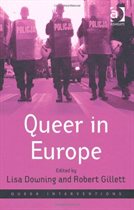 Edited by Lisa Downing and Robert Gillett
Edited by Lisa Downing and Robert Gillett
Queer in Europe takes stock of the intellectual and social status and treatment of queer in the New Europe of the twenty-first century, addressing the ways in which the Anglo-American term and concept 'queer' is adapted in different national contexts, where it takes on subtly different overtones, determined by local political specificities and intellectual traditions.
Holy Motherhood: Gender, Dynasty and Visual Culture in the Later Middle Ages
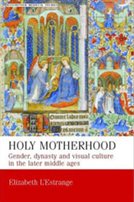 Elizabeth L'Estrange
Elizabeth L'Estrange
The study explores maternal and childbearing imagery in Books of Hours and its relationship to devotional and material culture in the fifteenth and early sixteenth century. In particular it analyses how lay, aristocratic women concerned with the conception of male heirs responded to this imagery as a way of managing their social and gender roles. The book will be reissued in paperback in Spring 2012.
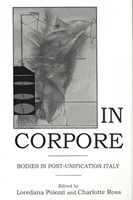 Edited by Loredana Polezzi and Charlotte Ross
Edited by Loredana Polezzi and Charlotte Ross
Essays devoted to the critical exploration of the presence and impact of bodies in recent and contemporary Italian cultural production, in the light of current developments in thinking about bodies and their locations within cultures.